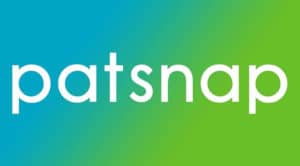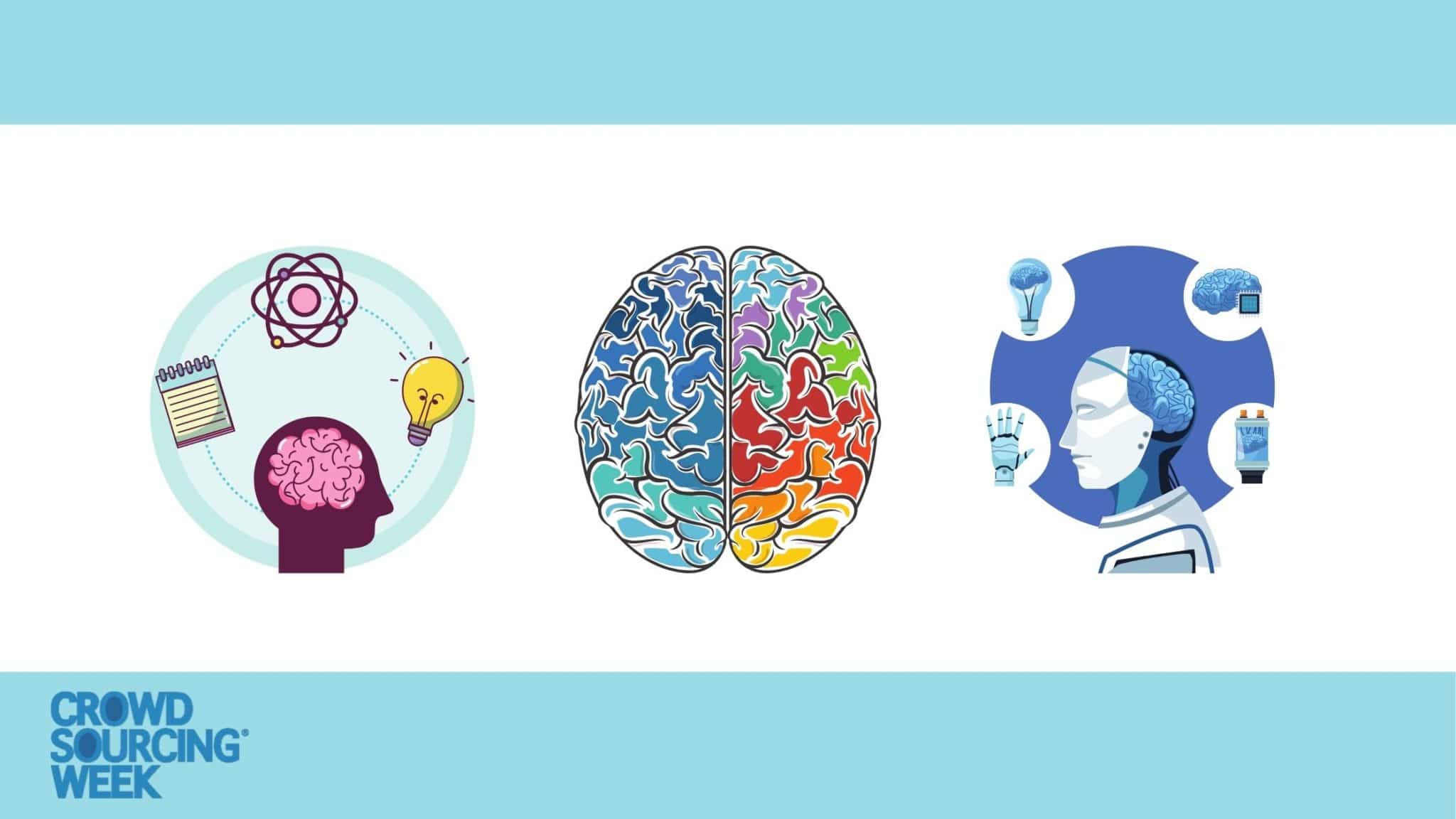At Crowdsourcing Week we champion the benefits of open innovation as a means to accelerate the development of breakthroughs, solutions and inventions. A growing number of organisations utilise open innovation platforms to go beyond in-house R&D teams, who work in a traditional closed innovation manner, and generate external input. However, the degree of success can often depend on connecting with the right sorts of people and encouraging them sufficiently to be involved, which is often through prize challenges. Connected innovation intelligence uses AI-driven machine learning to find and analyse IP data, rather than depend on people to contribute personally to open innovation projects.
The person(s) with the most to contribute may not be aware of a relevant open innovation prize challenge. How much better could the process be if artificial intelligence scanned millions of documents to provide comprehensive, global intelligence related to an issue or particular topic? This is what connected innovation intelligence can do.
A major player in this sector is PatSnap, which examines published data and collates connected innovation intelligence for R&D and IP data purposes, through AI-powered machine learning. A recent example of this identified German and U.S. breweries that are developing low alcohol beer in a way that’s relevant to a major corporation exploring a similar path.
Our recent article on What is Open Innovation? compared the attitudes and behaviours commonly associated with users of traditional closed innovation and open innovation practices. A key component is to be more prepared to share intellectual property in a collaborative, though commercially viable manner.
The New Mindset Required by Open Innovation Users
| Closed Innovation Attitude | Open Innovation Attitude |
| We employ the smartest people, to be self-contained | We must access the knowledge and expertise of talent outside our company |
| We must discover, develop and sell new products or services in isolation for our R&D to be a positive profit centre | External R&D can make significant contributions that our own resources will refine and complete |
| We must make all discoveries ourselves to maximize first-mover advantages | A collaborative business model can deliver more than first-mover advantages |
| The company that develops and launches innovations first will be the most successful | We can profit from other people’s past discoveries and transferable knowledge |
| If we create the most and the best ideas by ourselves we will win the race | We should combine the best of both external and internal ideas with our marketplace expertise |
| We must control the Intellectual Property of all that we do, and deny it to competitors | We should buy access to IP data that fits our business model, and profit from sharing our own |
An acceptance of treating intellectual property as a commercial asset rather than confidential secrets to be locked away can be as important as trusting and relying on the input of non-employees. It is certainly that way at PatSnap, which locates and collates IP data as readily as any other documented forms of innovation.
Who are PatSnap’s users?
 PatSnap’s key target personas are innovators, VPs of R&D and VPs of Innovation, who could lead decisions within their organisations to use PatSnap’s services. However, these teams are increasingly less likely to be responsible for the IP. This is a much more legal-centric activity, rather than an innovation or commercially focused one, and these days is often a separate department. As such, PatSnap also supports the needs of legal teams looking for information related to IP.
PatSnap’s key target personas are innovators, VPs of R&D and VPs of Innovation, who could lead decisions within their organisations to use PatSnap’s services. However, these teams are increasingly less likely to be responsible for the IP. This is a much more legal-centric activity, rather than an innovation or commercially focused one, and these days is often a separate department. As such, PatSnap also supports the needs of legal teams looking for information related to IP.
The two departments might collaborate on providing competitive intelligence, though there is also a risk of a silo mentality developing. The start of PatSnap’s involvement with a client might well be to first innovate through internal collaboration of departments, and then move on to access external intelligence.
What is the process?
PatSnap sources external intelligence through accessing millions of data points using automated machine learning processes. While plenty of companies talk about using AI and machine learning – PatSnap has them at the core of its connected innovation intelligence. PatSnap employs 250 engineers that code all the data for machine scanning and learning purposes, and they now even have machinery that reads images and puts them into text.
PatSnap Clients and Case Studies
Their processes are clearly working, and their top class client list includes some prestigious innovation-based companies: Tesla, Spotify, Dyson and NASA. The global Covid put the spotlight on the Life Sciences industry sector, and the client list also includes GW Pharmaceuticals, L’Oreal and Colgate Palmolive. Other strong categories for PatSnap include Technology, Transportation, Professional Services, and Consumer Goods. A look at some customer success stories will further demonstrate how Patsnap is making a difference.
The National University of Singapore faced a challenge of collecting,processing and analysing patent and IP data, and combining multifaceted data points to create indicators that would help commercial decision-making. Using PatSnap avoided duplication of effort between different search teams; removed potential barriers posed by very technical R&D and legal terminology in patents; and ending manual searching saved the university tens of thousands of dollars.

Image source: NCH Asia
The NCH Corporation makes retail consumer products for the DIY market. Their equipment is distributed internationally and used to deliver biological or chemical products in multiple applications. In 2018 they wanted to find new categories that were ripe for innovation and improve their current development process, including speed to market. PatSnap was able to quickly assess the value of certain patents, which NCH used to consider partnerships with inventors, acquisitions of companies, and it saved them hundreds of thousands of dollars.
Grace Medical is a medical devices company specializing in the manufacture of ventilation tubes, middle ear implants and  specialty instrumentation for Ear, Nose and Throat (ENT) professionals. Their product development strategy relies mainly on their relationships with ENT surgeons and information gleaned from competitors’ patent applications. Conducting a comprehensive search of the technology on a worldwide basis, providing them with a complete, detailed report of all related IP data. PatSnap’s input prevented Grace Medical developing products that they would not be able to sell because of an inadequate IP search at the beginning of a project.
specialty instrumentation for Ear, Nose and Throat (ENT) professionals. Their product development strategy relies mainly on their relationships with ENT surgeons and information gleaned from competitors’ patent applications. Conducting a comprehensive search of the technology on a worldwide basis, providing them with a complete, detailed report of all related IP data. PatSnap’s input prevented Grace Medical developing products that they would not be able to sell because of an inadequate IP search at the beginning of a project.
This cross-section of PatSnap’s numerous success stories show how connected innovation intelligence, as applied by PatSnap, improves efficiency, accelerates new product development, identifies possible affiliates, and avoids potential – and always costly – IP litigation.




0 Comments